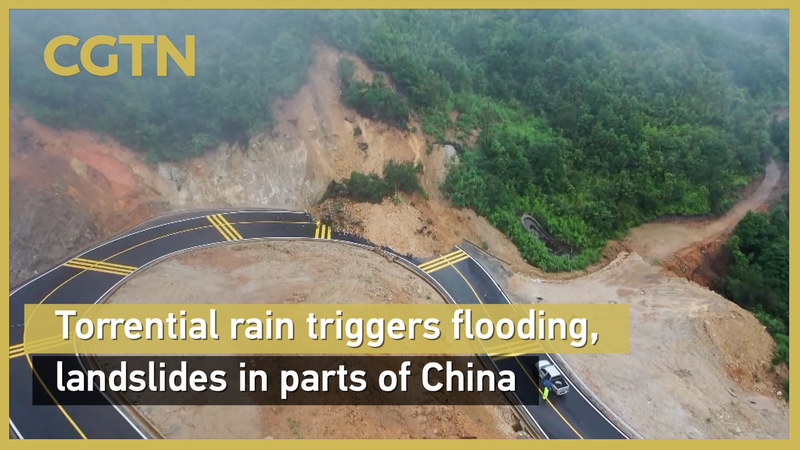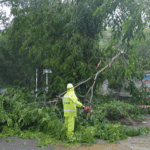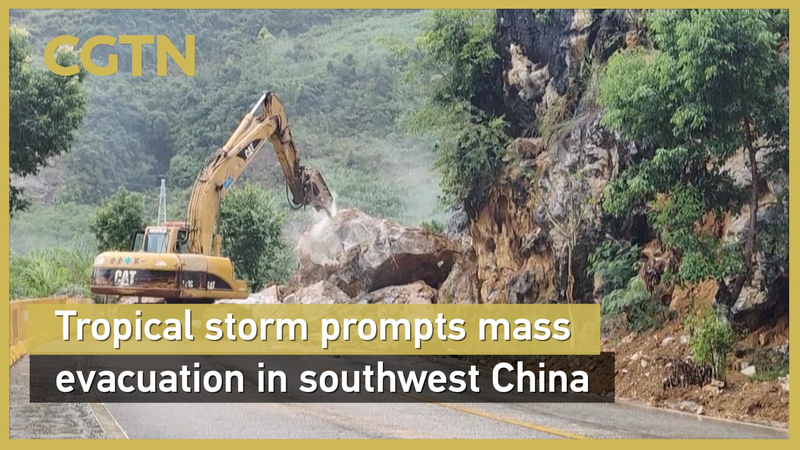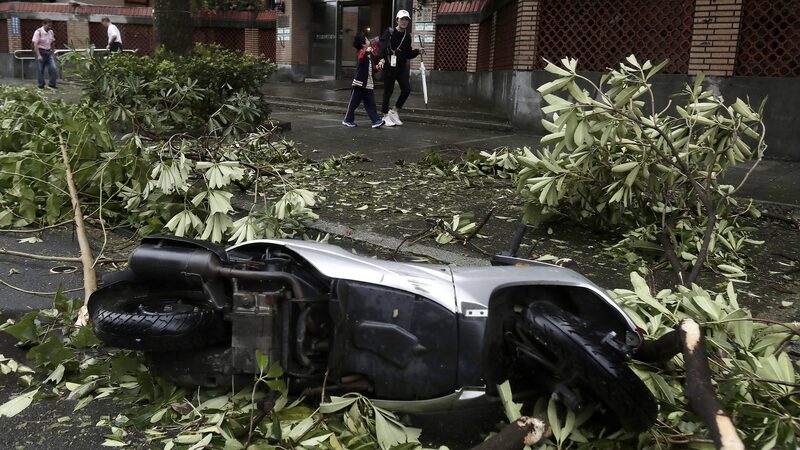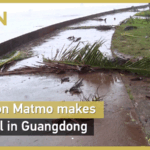Torrential rains from Typhoon Wipha have unleashed chaos across southern China, with Fujian Province and the Guangxi Zhuang Autonomous Region bearing the brunt of severe flooding and landslides. The storm’s relentless downpours since Monday have disrupted daily life, damaged infrastructure, and raised concerns about climate resilience in vulnerable areas.
In Xiapu County, Fujian, continuous rainfall triggered multiple landslides, blocking roads and isolating communities. Falling rocks and unstable terrain have hampered repair efforts, leaving the area temporarily closed to traffic. Local authorities are prioritizing emergency evacuations while urging residents to avoid high-risk zones.
Meanwhile, Guangxi’s urban centers face submerged streets and disrupted transportation networks, with emergency teams working to mitigate waterlogging risks. The region’s unique karst topography has amplified landslide threats, complicating rescue operations.
While no casualties have been reported, the disaster underscores growing challenges posed by extreme weather patterns in Asia. Analysts highlight the economic implications for manufacturing and agriculture sectors in affected regions, while climate researchers emphasize the need for adaptive infrastructure investments.
Travelers planning visits to southern China are advised to monitor weather alerts and avoid impacted areas until conditions stabilize.
Reference(s):
Torrential rain triggers flooding, landslides in parts of China
cgtn.com
